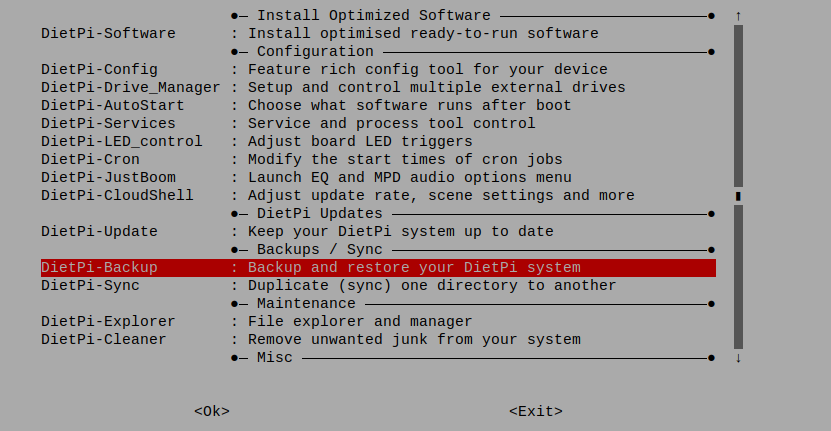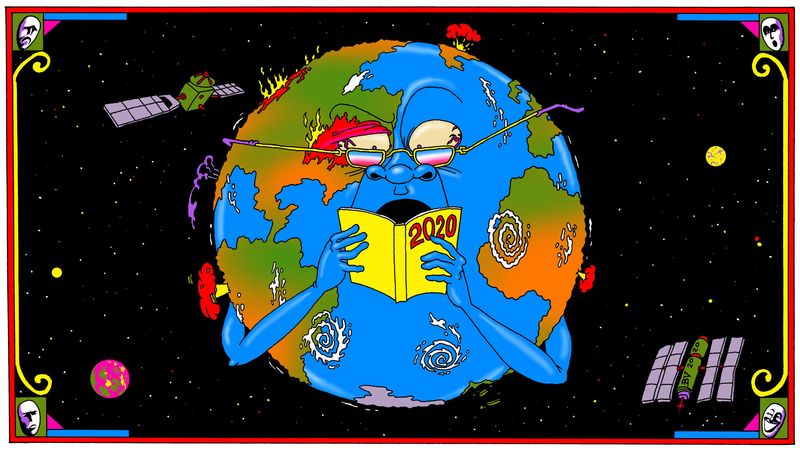
B, Model of brain activation prediction of ERI scores based on a stepwise regression analysis. Activation maps are illustrated with a threshold of t > ☒.0 ( P < .01, uncorrected), then overlaid on a template structural magnetic resonance image. The top row displays regions found to have a positive correlation with ERI scores, while the bottom row displays regions found to have a negative correlation with ERI scores.

A, A voxelwise regression analysis of ERI scores during extinction recall indicated a significant correlation of brain activity with psychophysiological measurements of the ability to recall extinction memory in 5 brain regions (red circles). Correlations of the extinction retention index (ERI) score with brain reactivity during recall. dACC indicates dorsal anterior cingulate cortex OCD, obsessive-compulsive disorder PCC, posterior cingulate cortex vmPFC, ventromedial prefrontal cortex. X indicates the region had no role in regression or no contribution to significance in the linear regression model. Results based on stepwise regression analysis found that insular cortex and cerebellum activation are the most predictive contributors of the 5 brain regions correlated with YBOCS scores. B, Model of brain activation prediction of YBOCS scores. The top row displays regions found to have a positive correlation with YBOCS scores, while the bottom row displays regions found to have a negative correlation with YBOCS scores. A, A voxelwise regression analysis of total YBOCS scores during extinction recall indicated a significant correlation of brain activity with symptom severity in 5 brain regions (red circles). Correlations of the Yale-Brown Obsessive-Compulsive Scale (YBOCS) with brain reactivity during recall. The scale bar is ☓-5 for within-group contrasts and ☑-4 for between-group contrasts.įigure 4. There was a significant group difference (* P ☓.0 ( P ☑.0 ( P < .01, uncorrected) between groups, then overlaid on a template structural magnetic resonance image. B, The ability to recall extinction was also assessed by an extinction retention index measure (see the Methods section).

SECOND EXTINCTION NETWORK CONNECTION ERROR SKIN
A, Mean skin conductance responses (SCRs) during recall to the extinguished reinforced conditioned stimulus (CS+E), the nonextinguished CS+ (CS+NE), and the nonreinforced CS (CS−). Psychophysiological responses and blood oxygenation level–dependent activations during extinction recall. The scale bar is ☓-5 for within-group contrasts and ☑-4 for between-group contrasts.įigure 3. Activation maps are illustrated with a threshold of t > ☓.0 ( P ☑.0 ( P < .01) between groups, then overlaid on a template structural magnetic resonance image. The OCD group showed significantly less activation than the HC group in the right ventromedial prefrontal cortex, denoted by the red circle. In this contrast, both the OCD and HC groups displayed deactivation of the dorsal anterior cingulate (top 2 rows), indicating the dorsal anterior cingulate was less activated at the end of extinction training compared with at the beginning. Results display responses to last 4 CS+E presentations contrasted with responses to first 4 CS+E presentations. B, Blood oxygenation level–dependent responses during extinction training are displayed within and between groups.

A, Skin conductance response (SCR) in both the obsessive-compulsive disorder (OCD) and healthy control (HC) groups did not differ at the beginning (first 4 trials, extinguished reinforced conditioned stimulus ) or end of extinction training (last 4 trials lCS+E) to the CS+E. Psychophysiological responses and blood oxygenation level–dependent reactivity during extinction training. The scale bar is ☓-5 for within-group contrasts and ☑-4 for between-group contrasts.įigure 2.

Results are overlaid on a template structural magnetic resonance image. Both the obsessive-compulsive disorder (OCD) and healthy control (HC) groups significantly discriminated between the CS+ and CS− (asterisk denotes P ☓.0 ( P ☑.0 ( P < .01, uncorrected) between groups. A, Mean skin conductance responses (SCRs) during conditioning to the conditioned stimulus paired with the shock (CS+) and to that not paired (CS−). Psychophysiological responses and blood oxygenation level–dependent reactivity during fear acquisition.


 0 kommentar(er)
0 kommentar(er)
